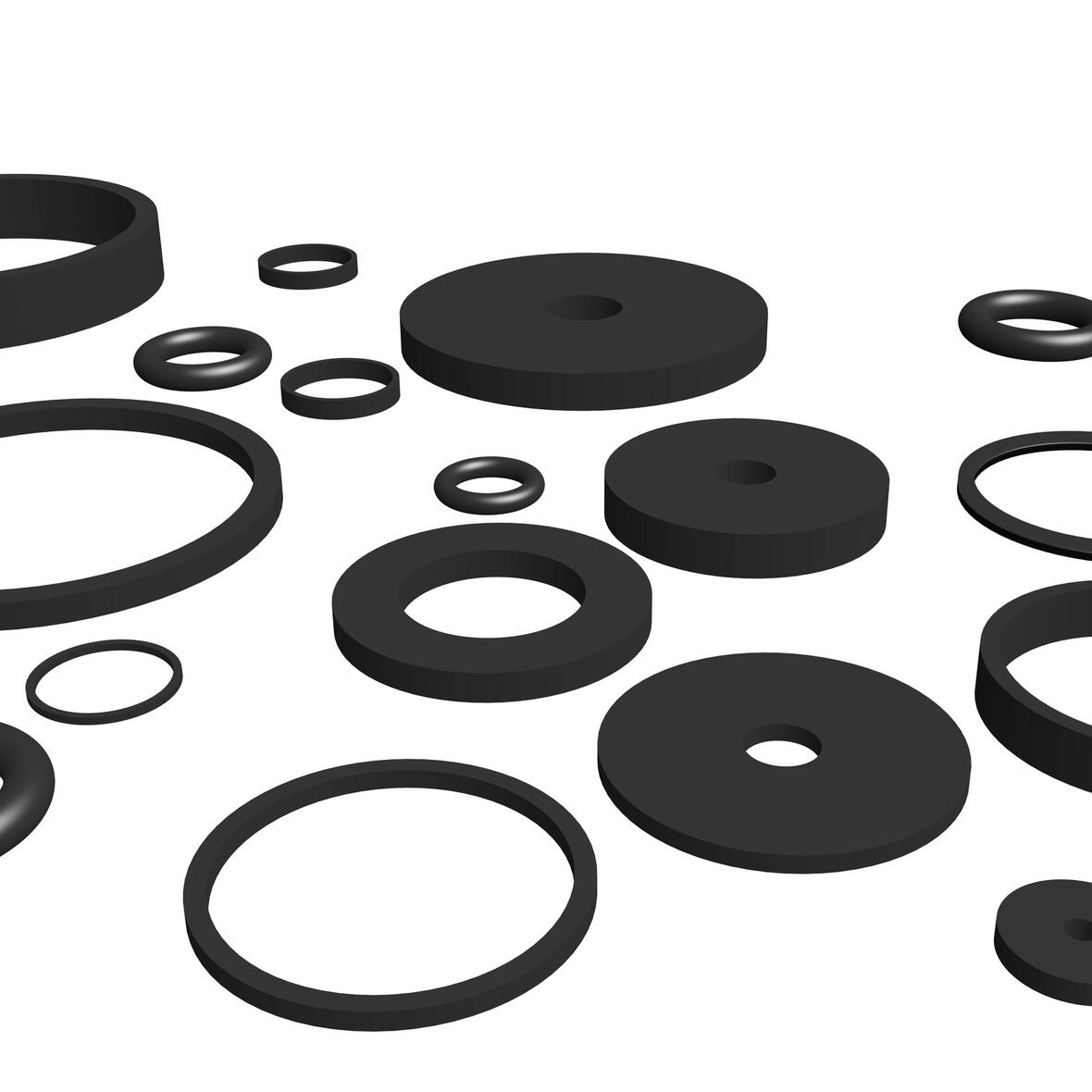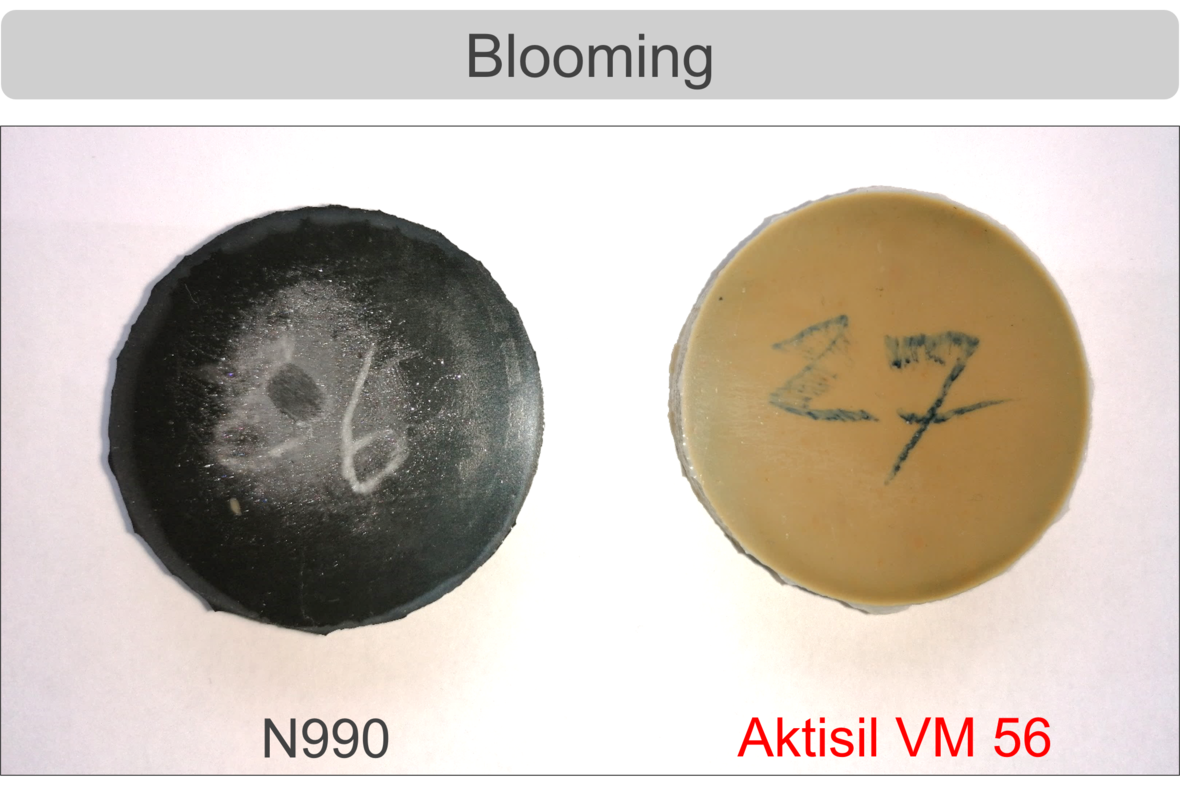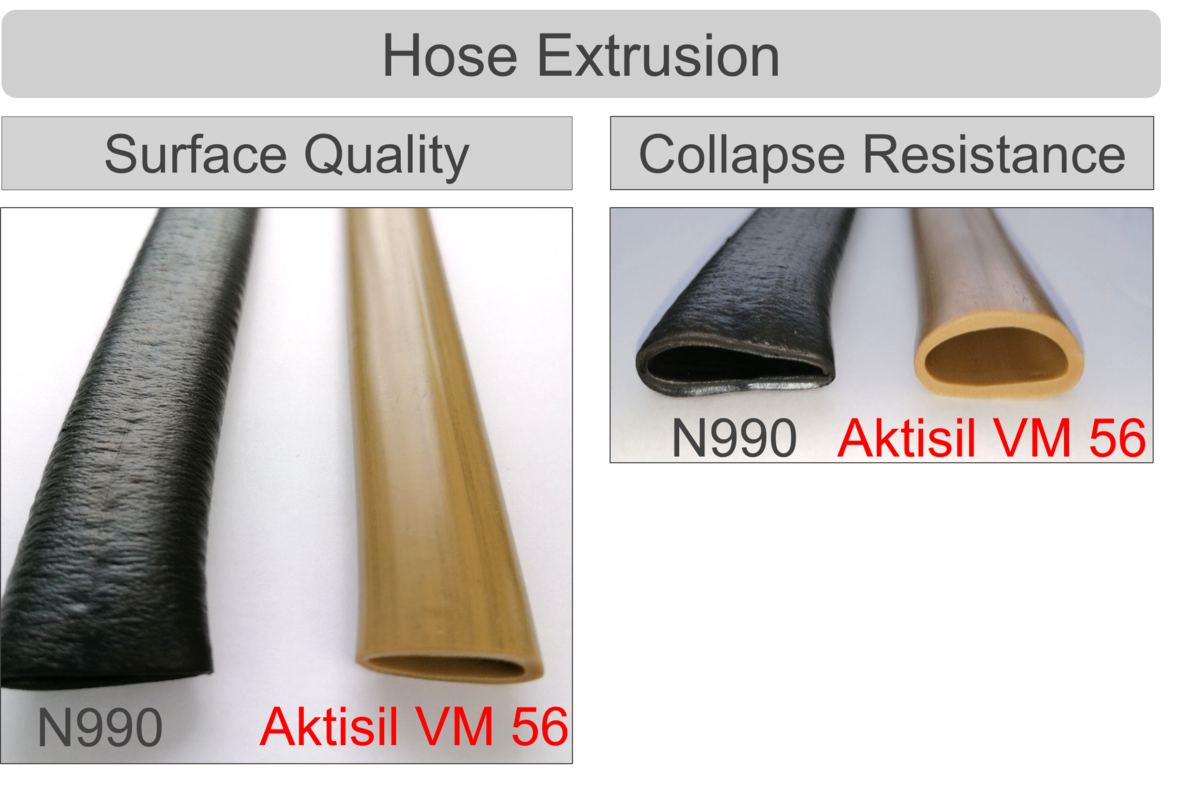
In order to make diesel engines more eco-friendly, selective catalytic reduction (SCR) was established for exhaust gas aftertreatment using an urea solution (Ad-Blue®; AUS 32).
As soon as the AdBlue® is injected into the hot exhaust gas stream, a hydrolysis reaction produces ammonia and CO2. The ammonia is then required in the downstream SCR catalytic converter to convert nitrogen oxides (NOx) to water and elemental nitrogen.
If the engine and exhaust system are at operating temperature, the SCR catalytic converter removes up to 90 percent of the nitrogen oxide emissions from the exhaust gas. Currently (as of 2020), an estimated 20 million vehicles from German corporate brands are equipped with such exhaust gas aftertreatment. In order to meet future environmental protection limits, this technology is also indispensable [1].
Due to this interaction of basicity and temperature, the stress on the elastomer components must not be neglected and is dependent on a strong performance of the formulation and the raw materials.
In this article we compare Aktisil VM 56 with a thermal Carbon Black N990 and present the advantages of a surface-treated Neuburg Siliceous Earth grade.
[1] Source: https://www.vda.de/de/themen/innovation-und-technik/antriebstechnik/abgastechnik.html
ADVANTAGES
- High Surface Quality of Extrusions
- No Blooming
- Higher Modulus
- Reduction of Compound Costs up to 20 % volume based
- Tintable Products
- Shorter Curing Time


